Why visit Czech Republic?
For a country that has only been around since 1993, the Czech Republic does a fine job of showcasing a thrilling history. Here the past becomes real. Castles and chateaux abound, illuminating the stories of powerful families and individuals whose influence was felt well beyond the nation’s current borders. Unravel the history of Bohemia and Moravia, the two ancient lands that now make up the modern Czech Republic and you are finding the history of Europe itself.
Thirty years ago, Prague was a mystery to travelers in Europe; now, however, it is one of the most popular destinations on the continent, drawing about 4 million visitors each year. Prague offers a compact city center, a fascinating centuries-long history, splendid examples of Romanesque, Gothic, Baroque, Renaissance and Art Nouveau architecture, scores of palaces, churches, parks and squares, delicious local Czech beer and food and reasonable prices.
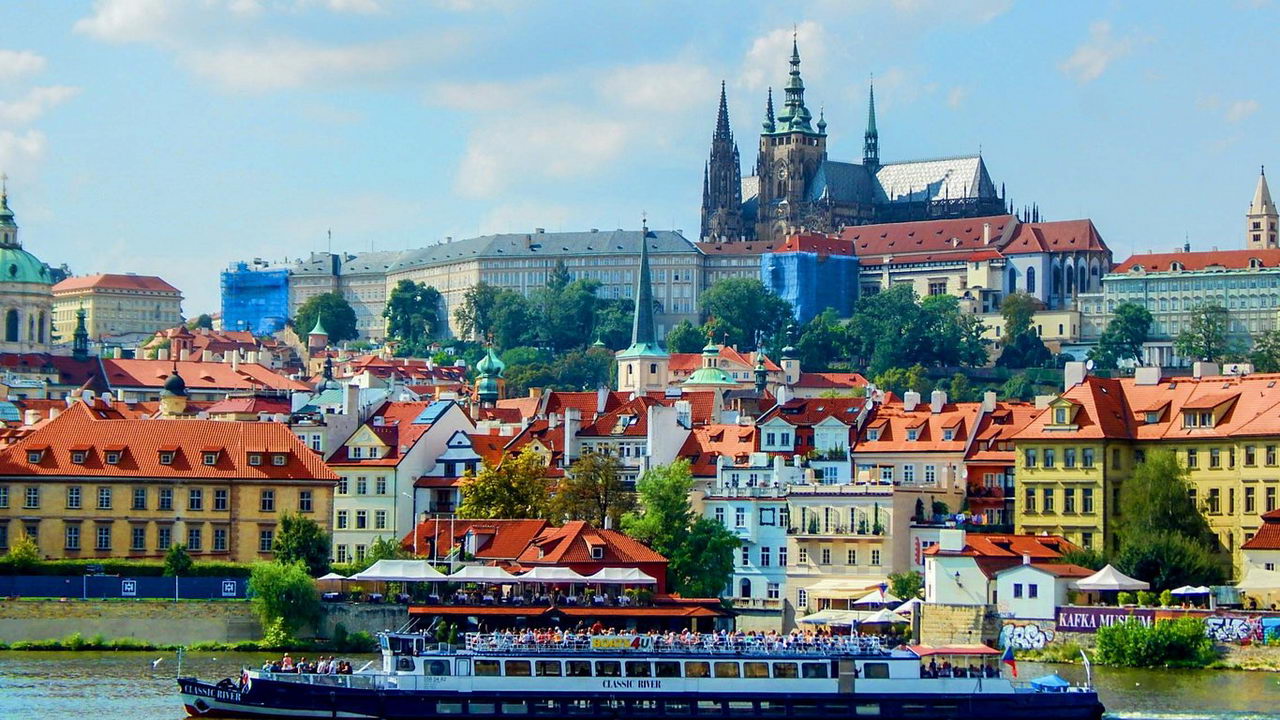
What does Czech Republic bring in mind?
|
Moravian Karst In a naturally protected region of the Czech Republic, north of Brno, a giant series of underground limestone caverns and gorges that stretch for thousands of square kilometers. The region includes also the Macocha Abyss, a gorge 138 meter deep. |
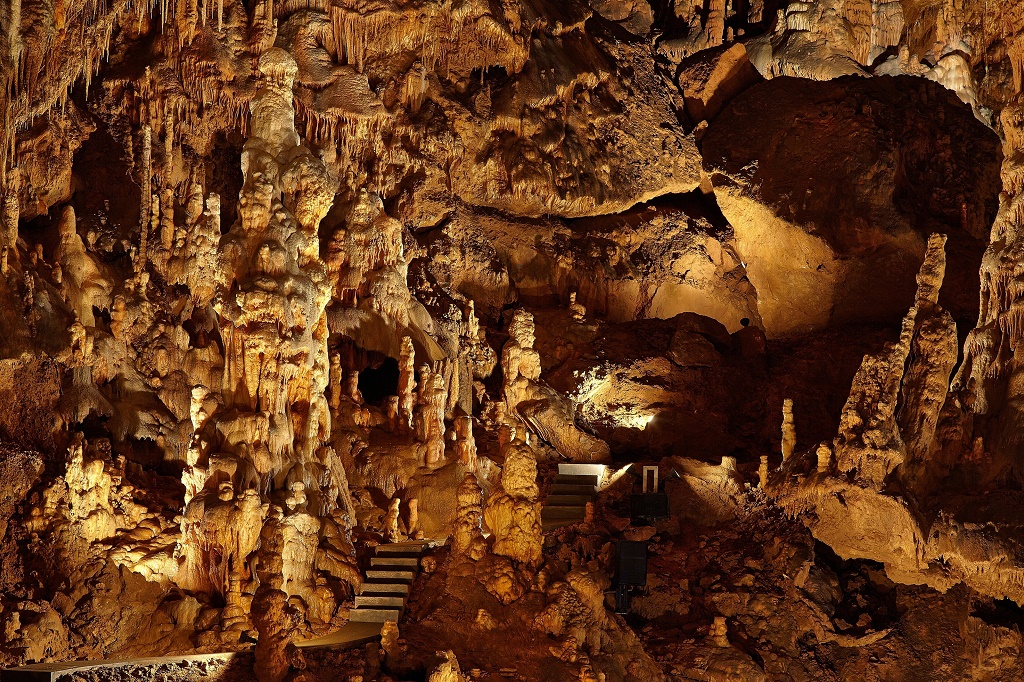 |
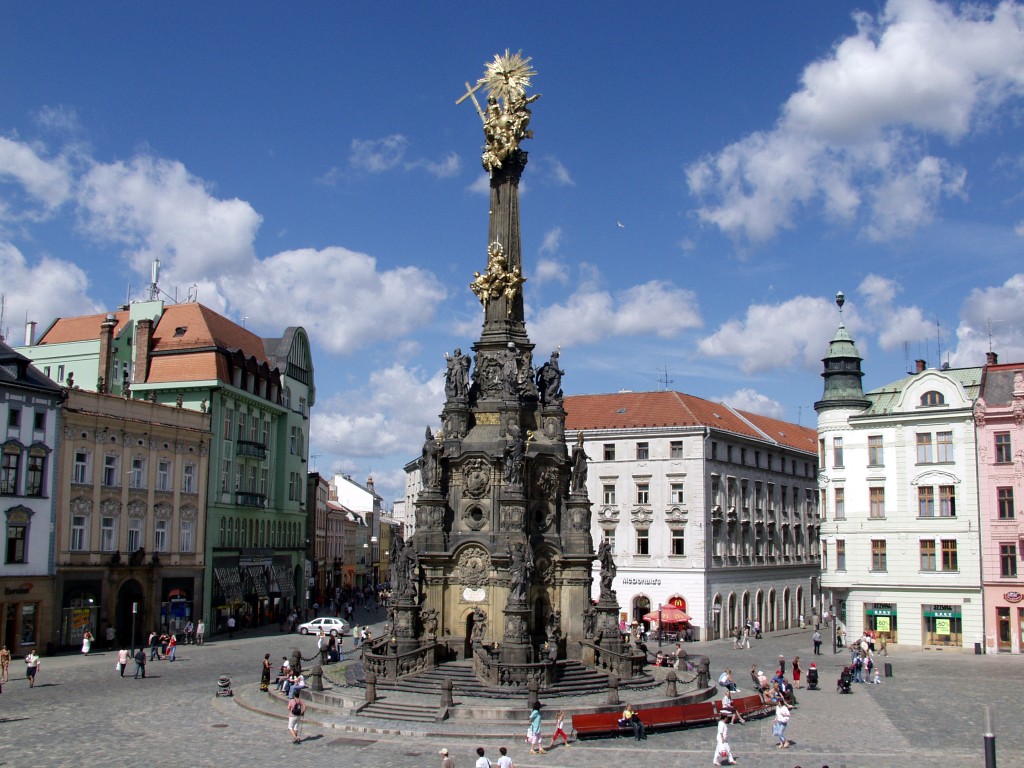 |
Olomouc Originally created as a Roman fort during the imperial period, the name is a corrupted version of its Roman name, Mount Julius. The town was considered important during almost every century of the last millennium. Olomouc Castle dates back to the 12th century and has in it the beautiful Saint Wencelas Cathedral. The town is populated with more than a dozen lovely religious buildings from progressive architectural styles, six notable baroque fountains that are a point of pride, a notable art museum, and the spectacular astronomical clock. |
Telc
This town in the Moravia region of the South was created as a port town in the 14th Century to facilitate trade between Bohemia, Moravia, and Austria. The town’s historic center boasts Easter-egg colors and renaissance architecture, which make it a picturesque place to visit. The local Gothic palace was redone in the 17th century to remake it in Renaissance style. Beautiful churches like the church of the Holy Ghost and the local Jesuit Church make this a lovely place for photographers, architectural and history buffs.
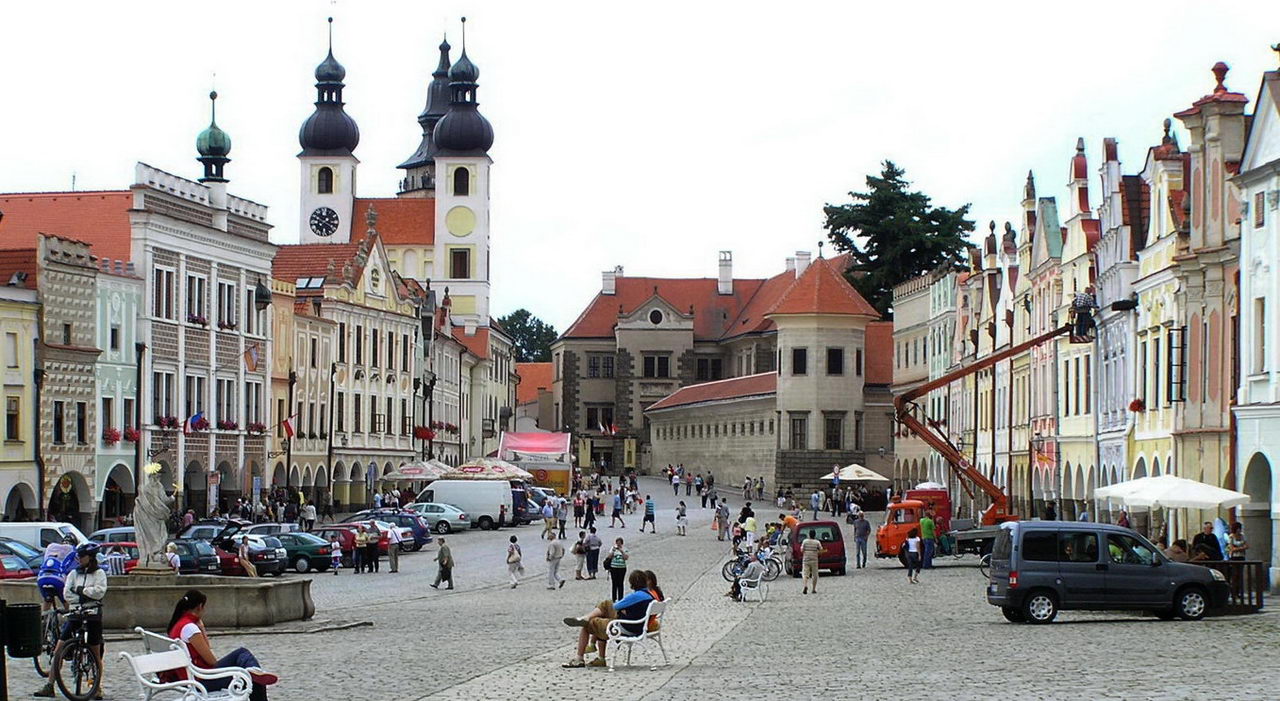
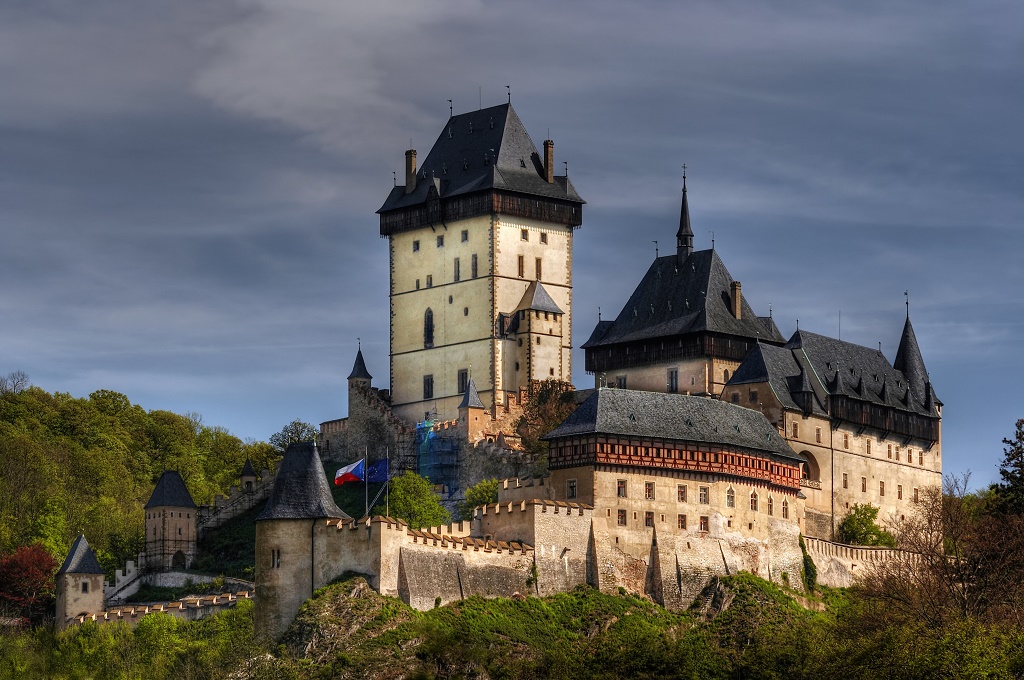 |
Castle Karlstejn This 14th Century Gothic Castle was the home of Holy Roman Emperor Charles IV. Located about 30 km from Prague, it makes a nice day trip for tourists staying in the city. The castle has served as war fortress, treasures’ storehouse, and royal home at various points. The building is designed with three terraced levels, each standing for different levels of importance. The sections are called the Imperial Palace, the Marian Tower, and the Big Tower. |
|
Kutna Hora Began as the first Bohemian monastery in 1142, it began to boom and prosper as the town’s mountains were shown to have a large silver deposit in the 12th century. Included in the list of must-see places is the St Barbara’s Church. Also, the royal residence and fortune now called the Italian Court, the current museum called the Stone Haus, the Ossuary (bone house), and two more lovely Gothic Churches. For Gothic Architecture lovers, there are few places with as many preserved buildings dating back to 1300’s. |
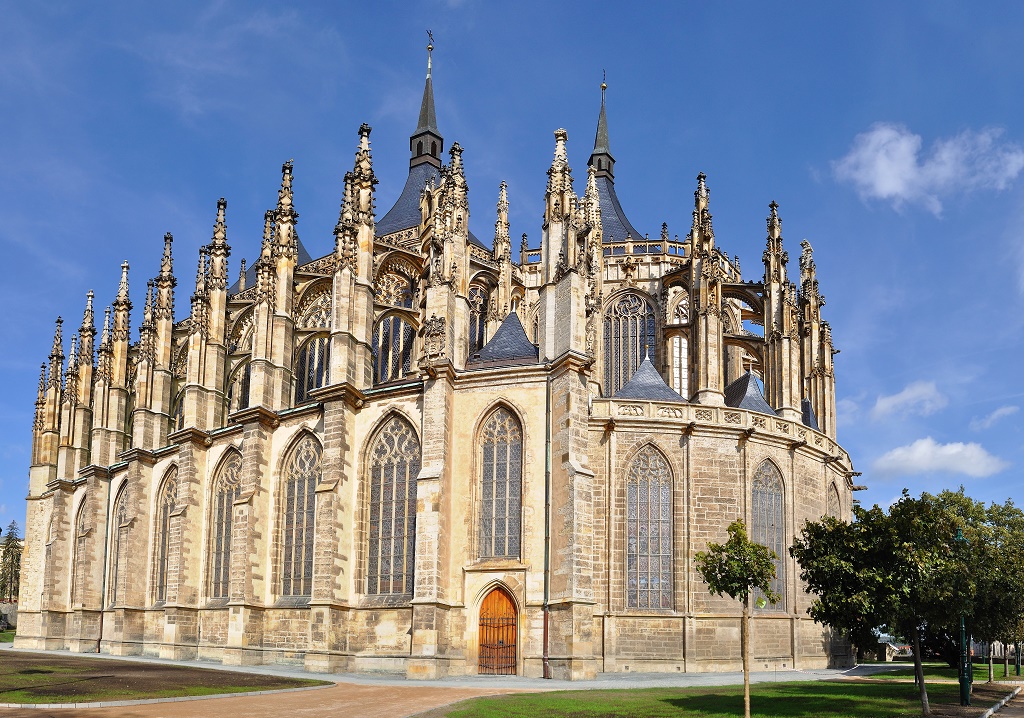 |
 |
Powder Tower One of the original gates into Old Town Prague, this tower was first built in the 11th century and rebuilt in the 15th century. During the 17th century, the tower was used for storing gunpowder, which is where it gets its name. Powder Tower is connected by a covered bridge to what used to be the palace of King Vladislav II who rebuilt the tower in 1475. Inside the tower is a spiral staircase with 186 steps leading up to the gallery where visitors can get great view of Old Town. |
Dancing House
Prague is known for its centuries-long span of architectural styles, with the end of the 20th century exemplified by the constructivist building Dancing House, created by Czech architect Valdo Milunic and Canadian Frank Gehry. This remarkable structure contains both dynamic and static elements, and resembles a female dancer swaying in the arms of her male partner, the Fred Astaire and Ginger Rogers of the architectural world. Located on the bank of the Vltava River and Resslova Street, Dancing House is a private office building except for a restaurant on the 7th floor, the Celeste, which is open to the public.
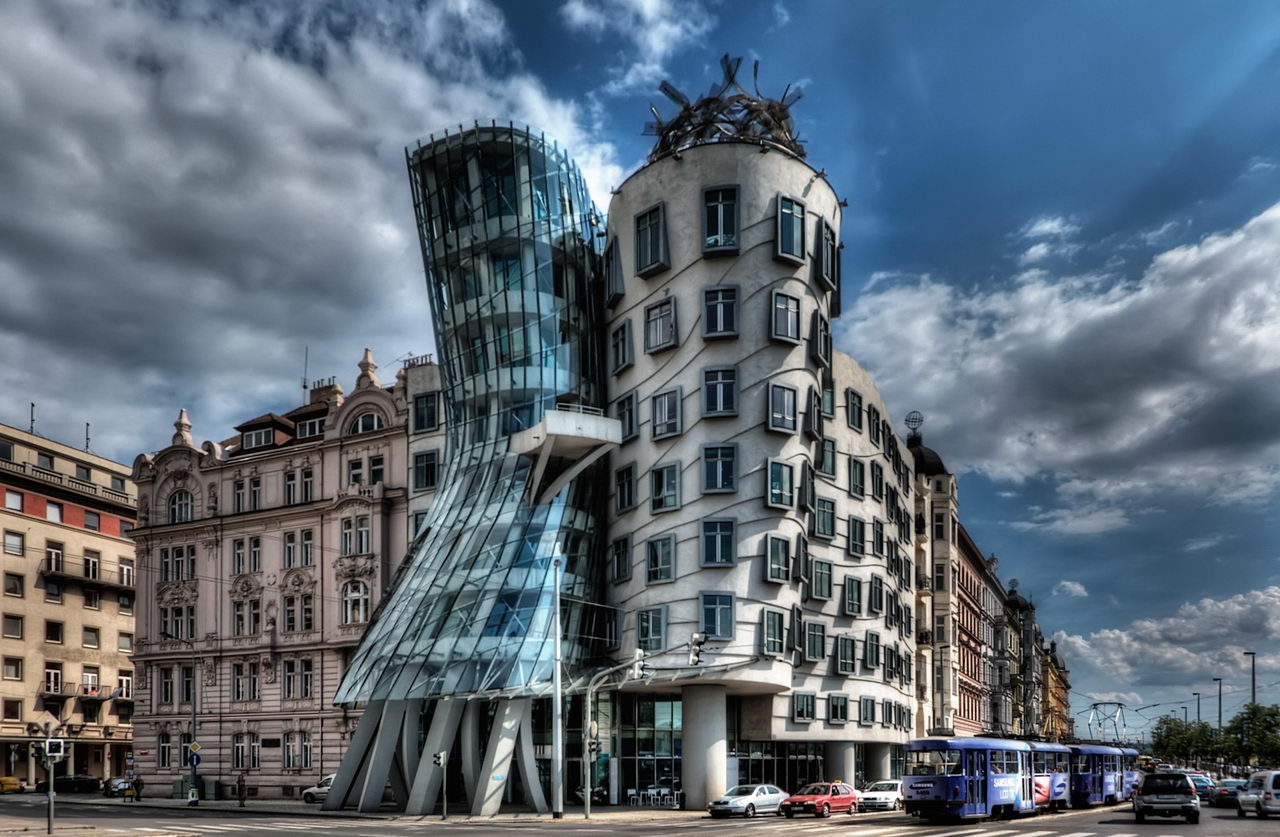
Tyn Church
It’s among the most well-known attractions in Prague, the church’s Gothic towers rises 80 meters into the sky and can be seen from all parts of the city. Like many other Prague churches, the site’s original building was an 11th century Romanesque church built for foreign merchants who came to Tyn Courtyard for trade. The present church was constructed in the 14th century, although the roof, towers and gables came years later.

|
Prague Astronomical Clock A highlight of Old Town Square is Prague’s astronomical clock, a complicated, ancient “orloj” revealing Babylonian time, Old Bohemian time, German time and sidereal time, as well as sunrise and sunset, phases of the moon and the sun’s position in the zodiac. The clock has been repaired and maintained for over 600 years, making it the third oldest clock in the world. |
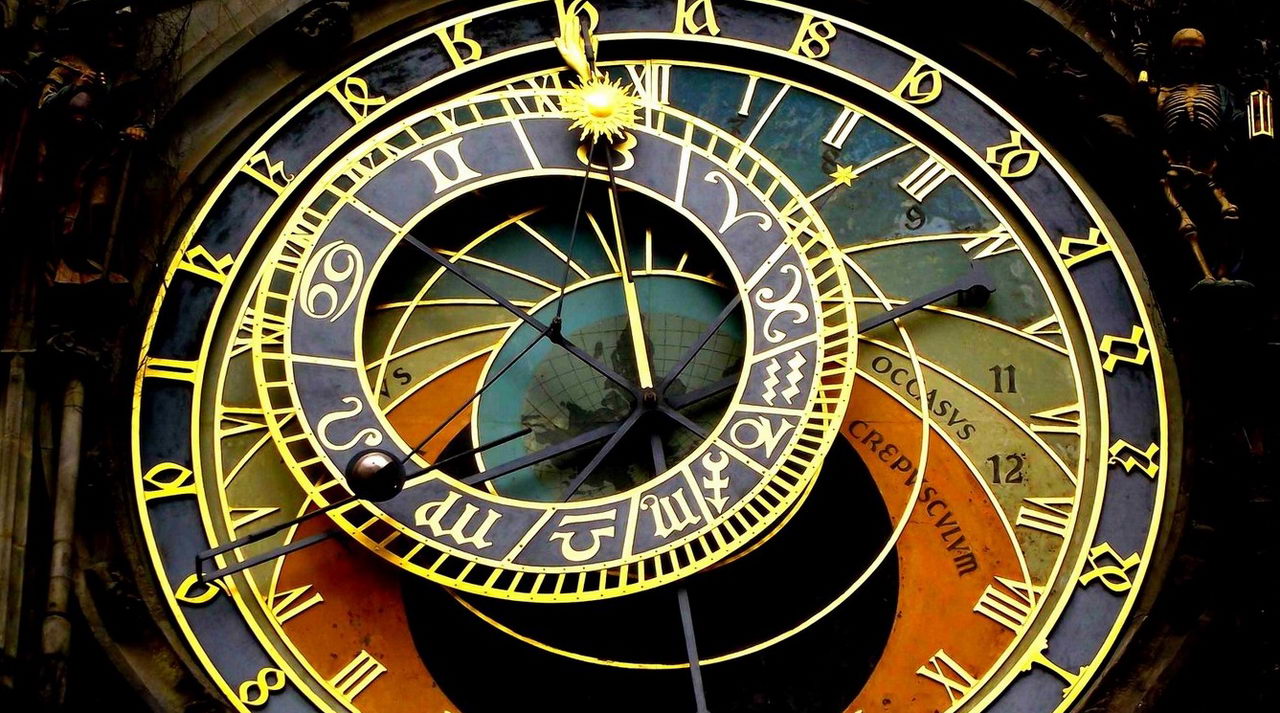 |
Charles Bridge
Connecting Old Town and Lesser Town over the River Vltava is the 600 year- old Charles Bridge, Prague’s most iconic landmark. King Charles IV commissioned the bridge in 1357, replacing the Judith Bridge which was destroyed by a flood in 1342. Thirty Baroque statues line the sides of the pedestrian bridge along with myriad vendor’s stalls, musicians, performance artists and beggars.
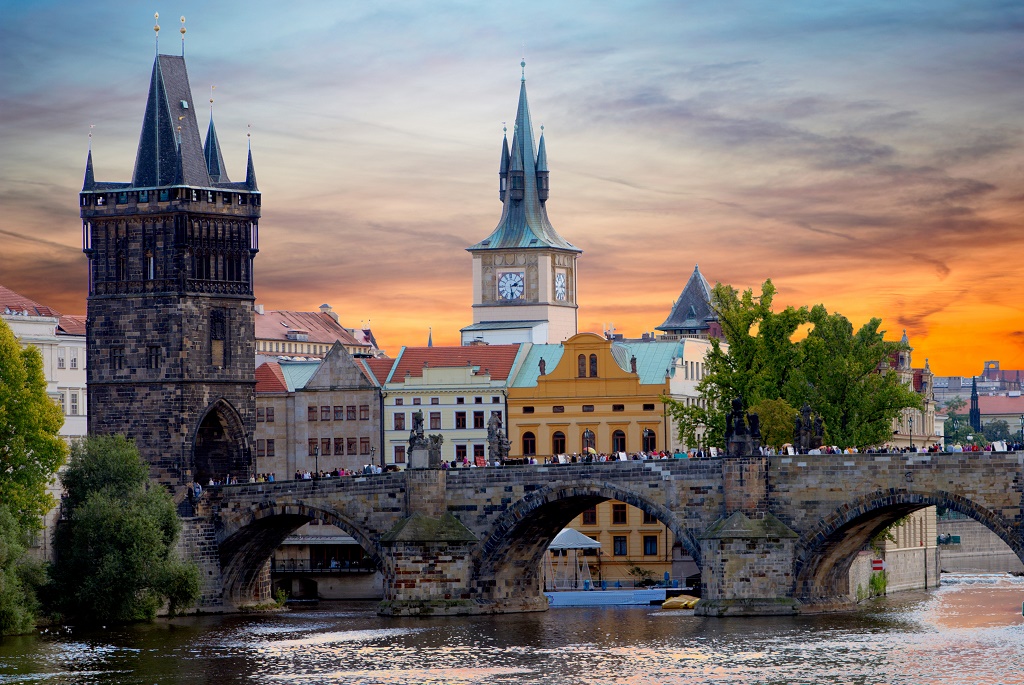
Things you shouldn’t miss in Czech Republic!
-
Walking tour of Prague Castle
-
Petrin Tower (Little Eiffel Tower)
-
Walk over Charles Bridge and touch the St John Nepomuk statue plate.
-
Have lunch at the Sarah Bernhardt restaurant at the Pariz Hotel or the Plzenska Czech restaurant (if you like Art Nouveau decor).
-
Take a guided tour of the Jewish Quarter including the Old Jewish Cemetery.
-
Join a bike tour (usually May to October)
-
Have at least one scenic night-time dinner on the river, overlooking the river or the city rooftops.
-
Visit the "Child of Prague" at the Church of Our Lady Victorious.
-
Take a stroll around the Imperial Gardens (during summer only) at the rear of the Castle.
-
See a Don Giovanni Matinee opera at the Estates Theatre.
-
Have an after-dark dinner at "Zlata Praha" the rooftop restaurant of the Hotel Intercontinental.
-
Take a walk around the Strahov Monastery complex with its famous cloisters and library. It also has a mini brewery and two good restaurants.
-
Visit a beerhall (U Medvidku and U Vejvodu are of the best).
-
Walk up to the viewing area at top of the Old Town Hall (you can take the lift as well).
-
Have dinner at the "La Rotunde" restaurant at the Radisson SAS Hotel and then see out the evening at the Alcron bar in the same hotel especially if you like light jazz with great food.
-
Wander around the St Nicholas Church in Mala Strana.
-
Climb up the Charles Bridge gate towers.
-
See an opera performance at the Statni Opera.
-
Have a lunch at the Art Deco style Restaurant Dinitz in Bilkova (Jewish Quarter).
-
Walk through Stromovka Park to the Zoo and the Troja Chateau. Then get the boat back (From May to October)
Top destinations of Czech Republic
Prague
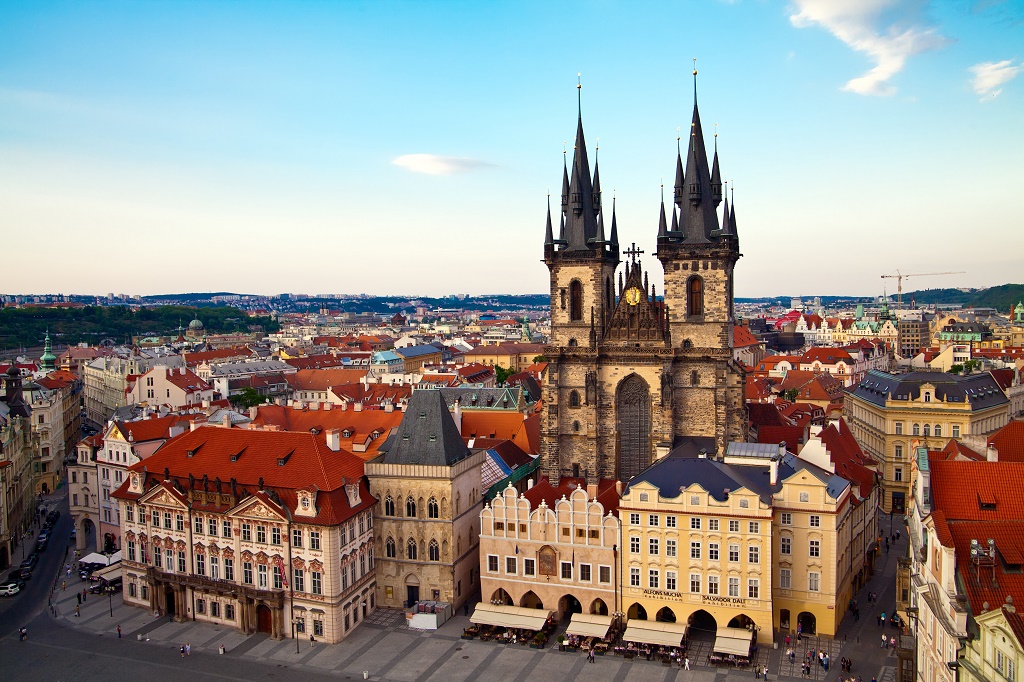
This jewel of the Vltava River has an 1100 year history of being culturally grand and important. Prague has been the capital of Bohemia and of the Roman Empire. It flourished during both the Gothic and Renaissance eras. It is still the largest city in the Czech Republic and one of the most culturally rich and diverse and has architectural and artistic highlights from many different centuries and architectural aesthetics. Prague is one of the top ten most visited European cities.
Karlovy Vary
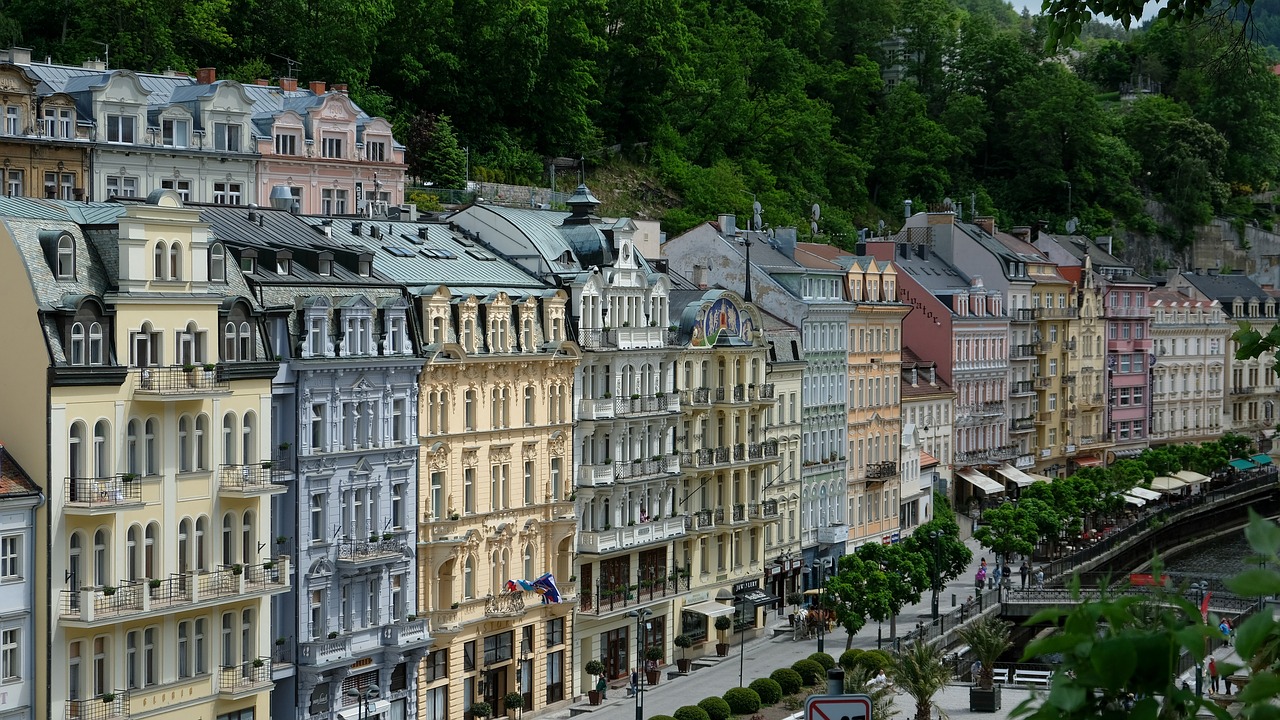
This hot spring town has been believed for hundreds of years to have healing waters that can clear anything from poor digestion to brain tumors. Like many hot spring regions, the waters were developed into a large spa region. The town is still quite grand and picturesque; however, the spa is still open over six centuries later and still claims miracle cures for dozens to hundreds of ailments.
Bohemia
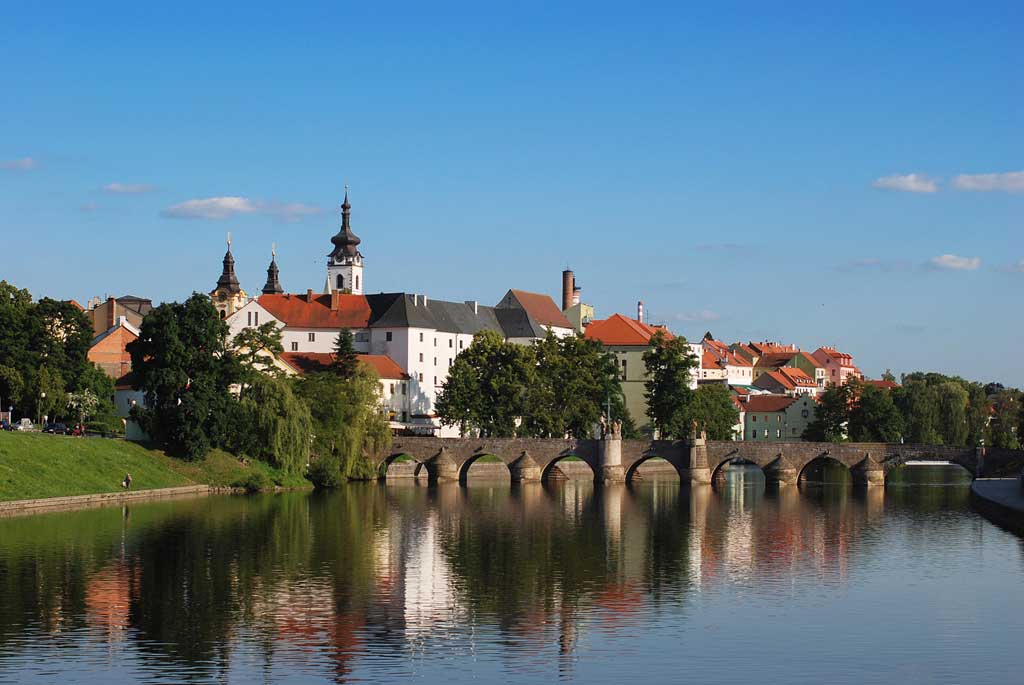
The ancient land of Bohemia makes up the western two-thirds of the Czech Republic. The modern term ‘bohemian’ comes to us via the French, who thought that Roma came from Bohemia; the word bohémien was later applied to people living an unconventional lifestyle. The term gained currency in the wake of Puccini’s opera La Bohème about a community of deprived artists in Paris.
Moravia
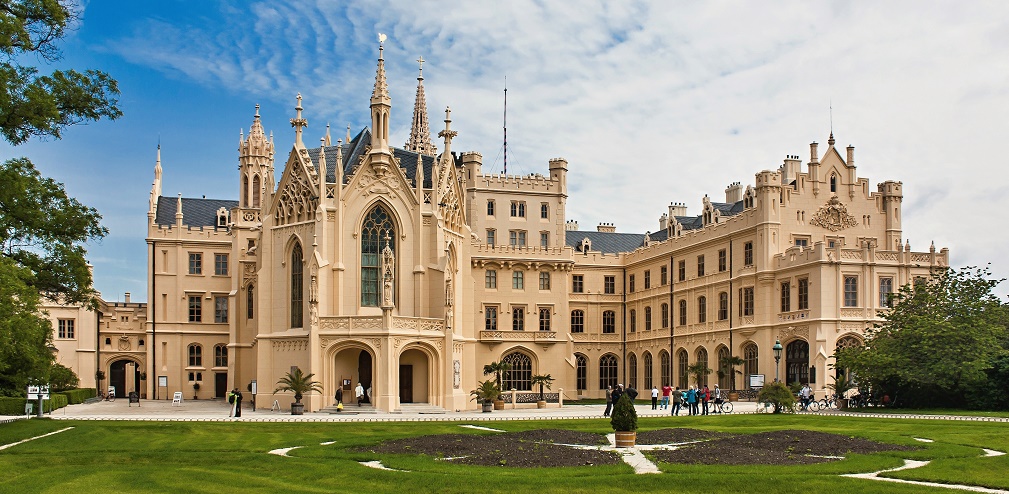
Away from the tourist commotion of Prague and Bohemia, Moravia provides a quietly authentic experience. Olomouc and Telč are two of the country’s prettiest towns, and bustling Brno delivers Czech urban ambience, but without the tourists. Active travelers can explore the stunning landscapes of Moravian Karst region, and everyone can celebrate with a good time from the Moravian wine country.
Plzen
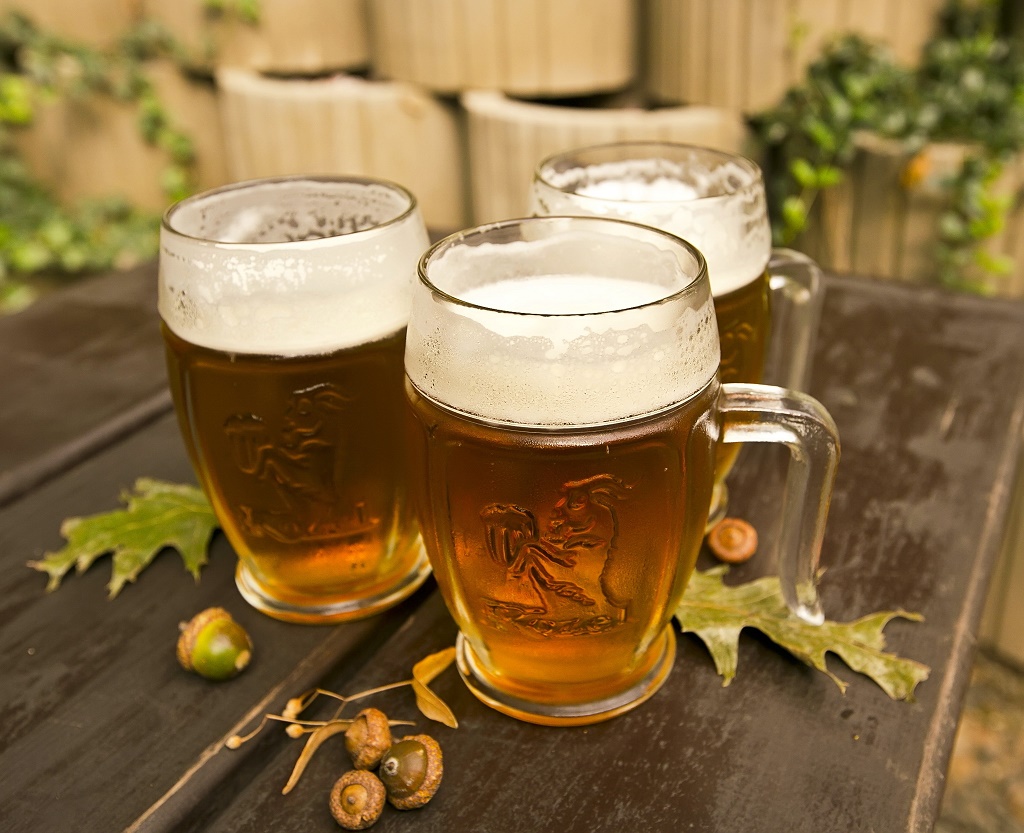
This western Bohemian city is the fourth largest in the Czech Republic and is known worldwide as the home and the namesake of Pilsner beer. For those looking for great architecture, St Bartholemew’s Cathedral, the Great Synagogue, and the Renaissance style Town Hall are must- sees. The town is a vibrant economic center, home of breweries like Pilsner Urquell, and the well-known University of West Bohemia, the nation’s premiere college of Law.
Cesky Krumlov
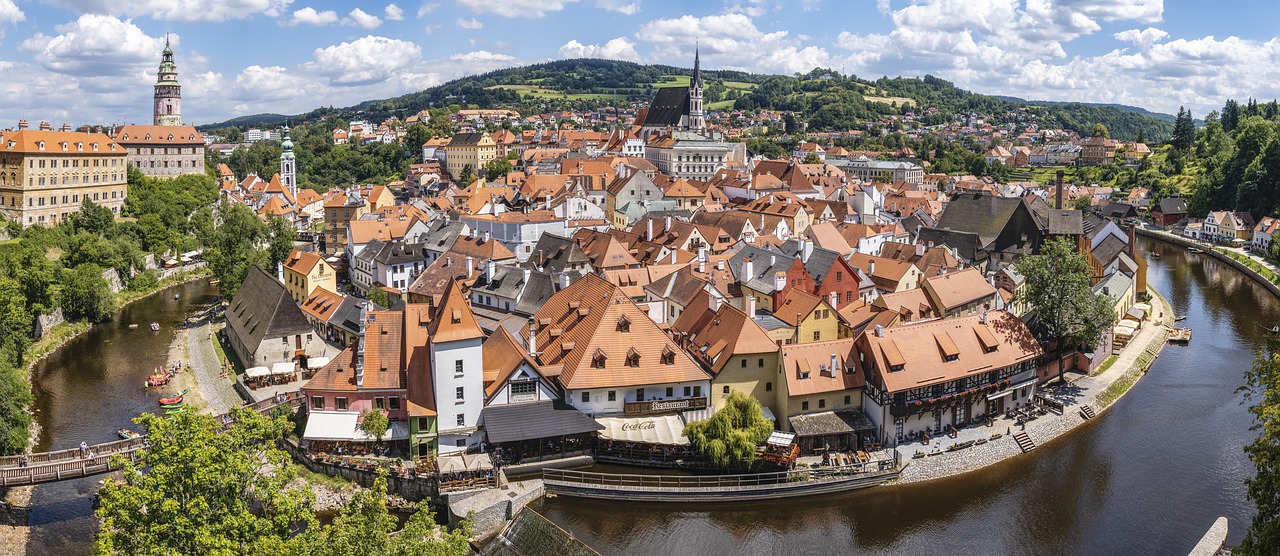
A town featuring a large “Bohemian Castle” resides in the region of Krumlov; it was created in the late 13th century, when the region was owned by the Bohemians, as a trade stronghold. The location along a natural crossing of the Vltava River made it a perfect place to build. The town’s appearance has little changed since the 18th century and the buildings have been well maintained and restored. It is a lovely castle city that still has the look and feel of a medieval town. Crooked cobblestone streets and brightly-colored stucco facades make Cesky Krumlov beautiful and unique. The streets are full of interesting shops, succulent food, and timeless charm.
Culture packages
Entering this website you automatically agree the following terms and conditions even if You are not a registered user of the site. Images shown on the website, country and travel specifications, as well as the webdesignes are subject to copyright protection, Elegant Enterprises are All rights reserved. Prohibited the website all or partial copy, store, use, distribution and sale, without the written consent of the copyright owner of this website (Elegant Enterprises)